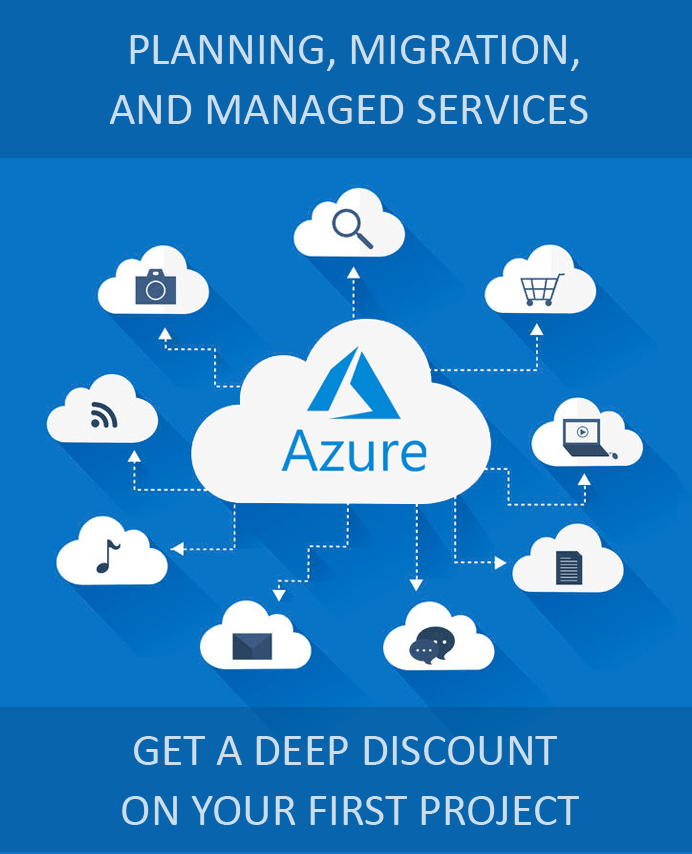How to Build a Data Warehouse in Azure?
Enterprises have been using traditional data warehouses as the central hub and a single version of truth for over two decades. These database management systems integrate data from several sources, such as ERP, CRM, and LOB applications, and generate reports and analyses. With the explosion in enterprise data that are accumulated from new and old sources, these systems are slowly but surely losing the edge required to provide a meaningful competitive advantage to businesses primarily because they are backward-looking. This leaves limited opportunities for business leaders to make data-driven decisions as the existing systems cannot cope with the volume and velocity at which new data types are evolving. In this article, we will focus on building a modern data warehouse in Azure.
Why Migrate Data Warehouse to Azure?
The growing complexities in modern enterprises have forced professionals to look beyond the historical analysis that traditional data warehouses can generate. Here are some key trends that make cloud-based Azure data warehousing a sensible option.
- Traditional systems were not designed to handle the volume and variety of data that modern businesses use. Enterprises have to rely on the expensive symmetric multi-processing (SMP) technology to handle these workloads. However, modern data warehouses on Azure are elastic. The size of the system can be scaled based on the changing load across the product lifecycle.
- A majority of the data volume is generated from unstructured sources such as IoT devices and sensors, mobile, video, and social channels. In most cases, it does not make economic sense to extract, transform, and load non-relational data types into traditional schemas. With data warehousing on Azure, enterprises can query both relational and non-relational data using a single federated query service.
- Traditional data warehouses work based on a requirements-based model. Because the schema and the type of data collected are defined upfront, it cannot deliver predictive analytics. Azure supports a wide range of business intelligence tools that can be used for novel data experiments, predictive analytics, and for making decisions in real-time.
How to Implement a Modern Data Warehouse in Azure?
Implementing an average enterprise data warehouse project can take as many as three years. Such projects might have to be split into several phases. Here is how enterprises can build a unified data source on Azure.
- The first step is to build a global unified data warehouse that is first used to store data from a single area of operation, such as sales and marketing, but can be expanded in the future. Azure Data Lake Storage Gen2 or Azure Blob storage are ideal choices for collecting and storing data from different source systems.
- Since the size of data keeps increasing especially when there is extraction involved, it may have to be converted to a format such as Apache Parquet to reduce the size. Then the Azure AzCopy tool can be used to migrate the data to Azure Data Lake Store.
- The large volumes of data can be optimized using Azure Synapse Analytics. The service provides a processing and storage engine that can be used for combining structured, unstructured, and semi-structured data, performing scalable analytics, cleaning and transforming data, before storing in Azure Blob Storage.
- Azure PolyBase connectors can be used to load data into staging tables where data can be processed using Azure Analysis Services.
- Finally, data can be presented in Power BI dashboards using Azure Data Factory.
Apps4Rent Can Help with Azure Data Warehouse Migration
While this method is typically used in the first phase to implement a minimum viable product, enterprises can further optimize the data flow pipeline using Azure Databricks. Additionally, services such as HD Insight and Azure Machine Learning can be used for advanced analytics.
As a Microsoft Gold Partner and a Power Platform Partner, Apps4Rent provides managed Azure services to help businesses modernize their data warehouse in Azure. Contact our Microsoft-certified Azure advisors, available 24/7 via phone, chat, and email for assistance.

Looking for help with Azure?
Our Azure experts can help you.

